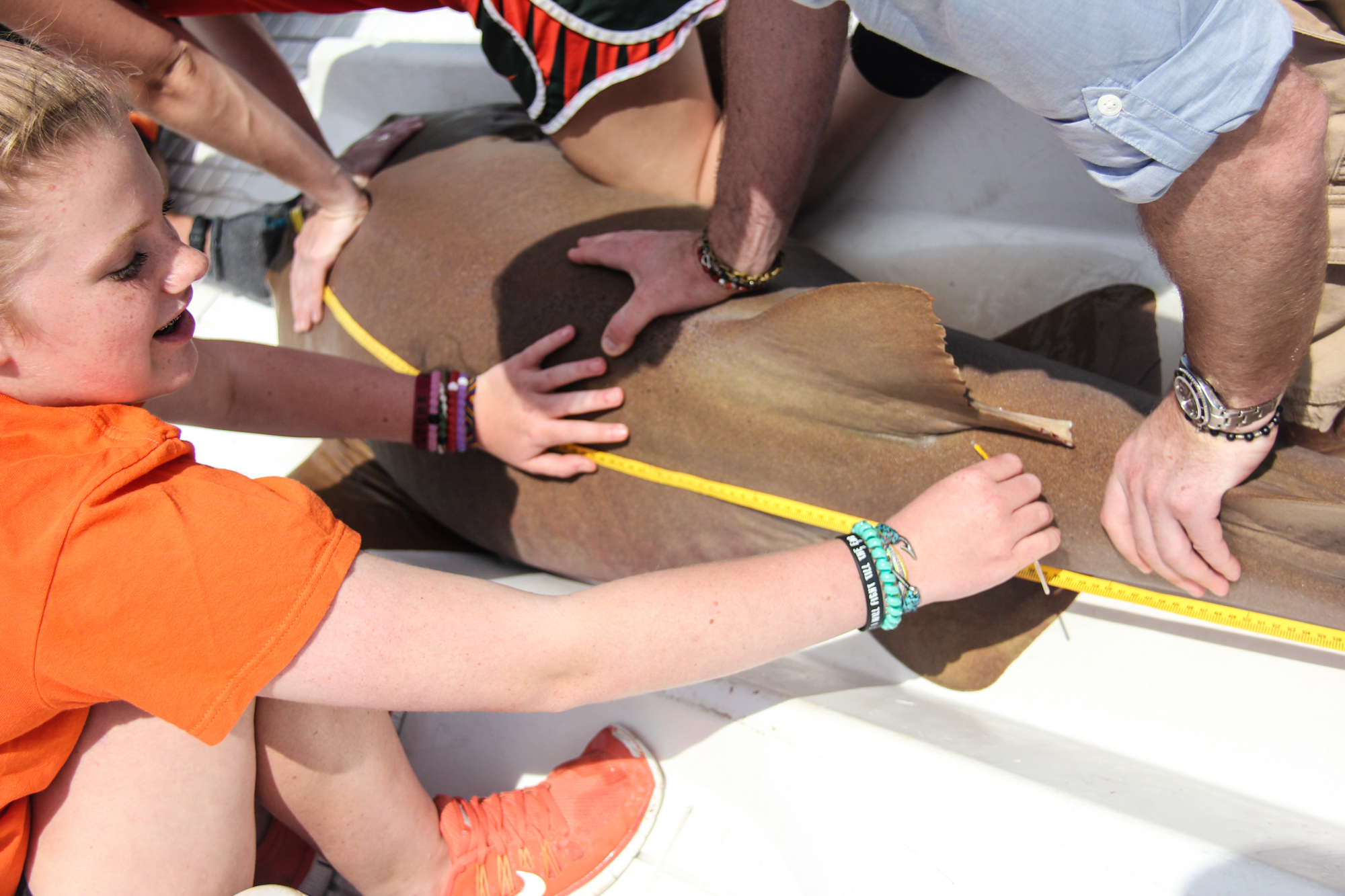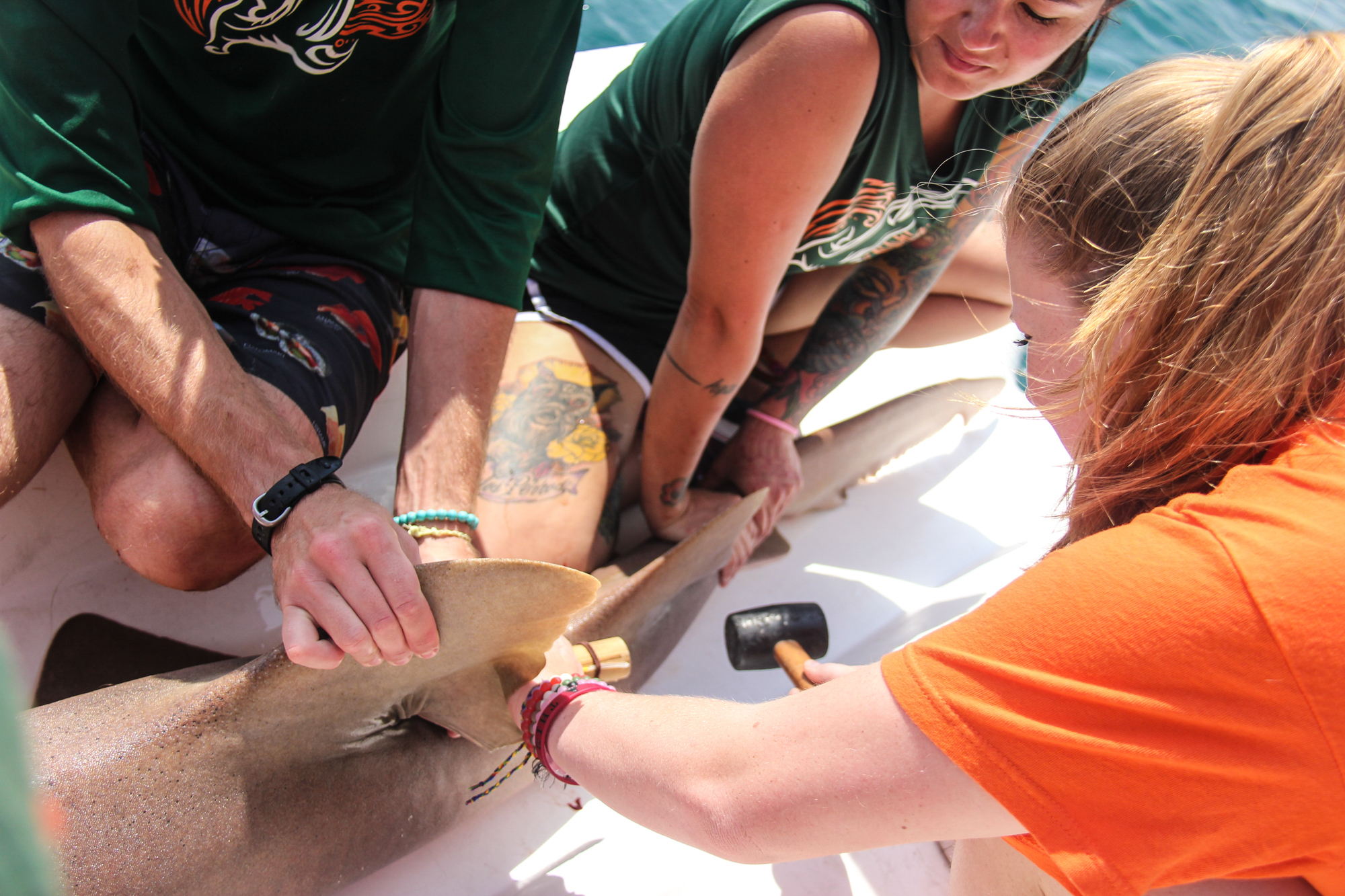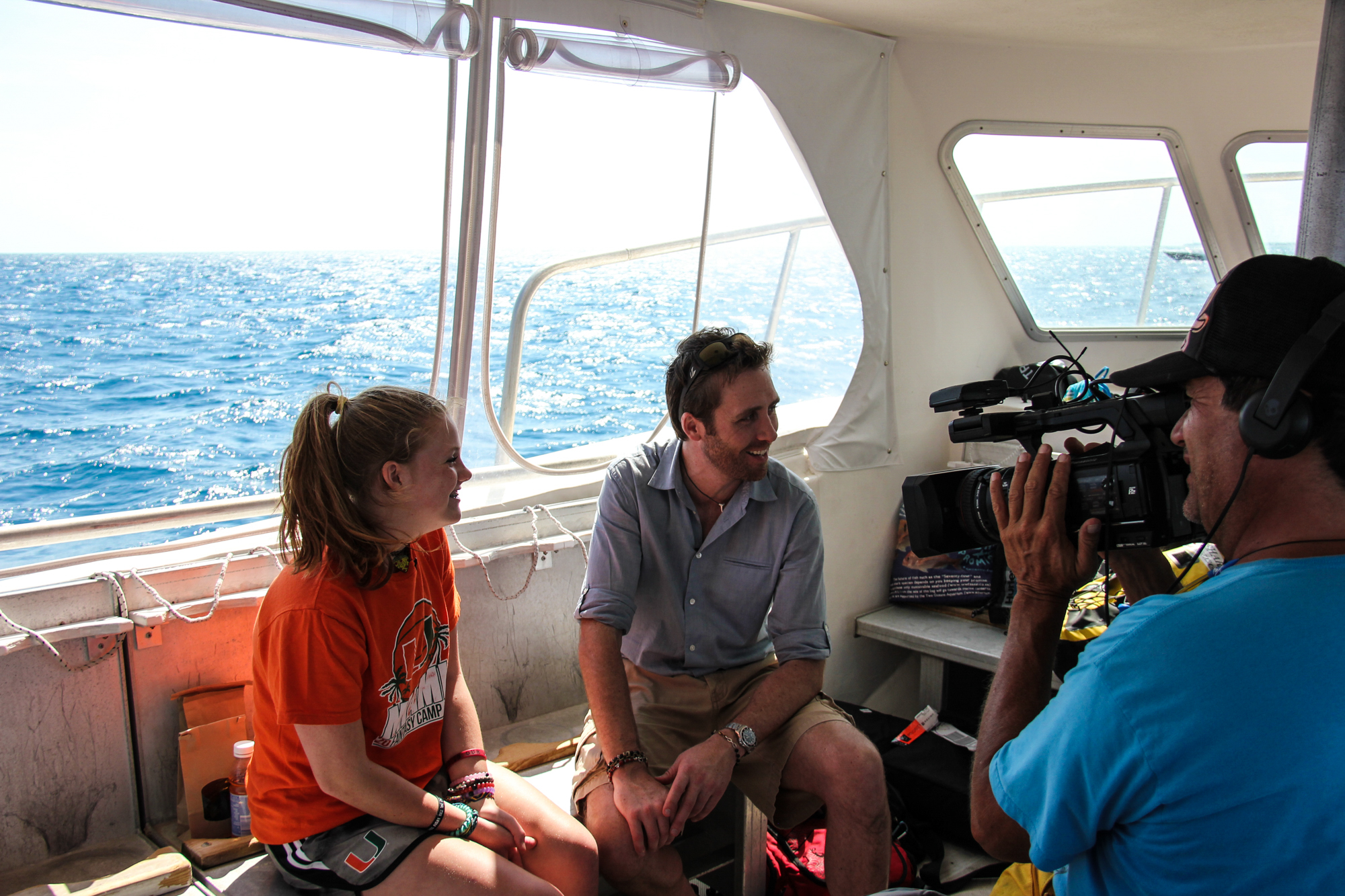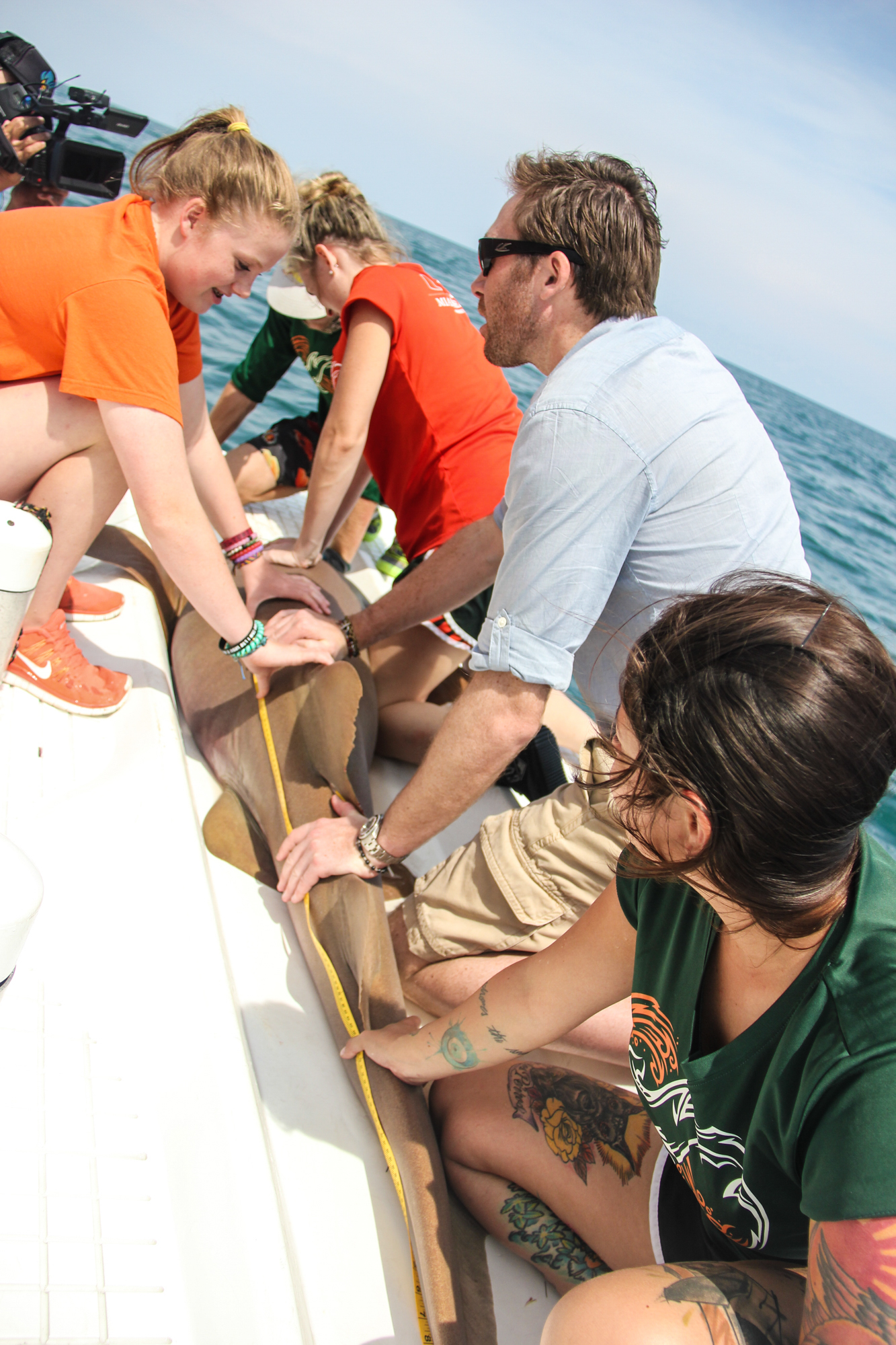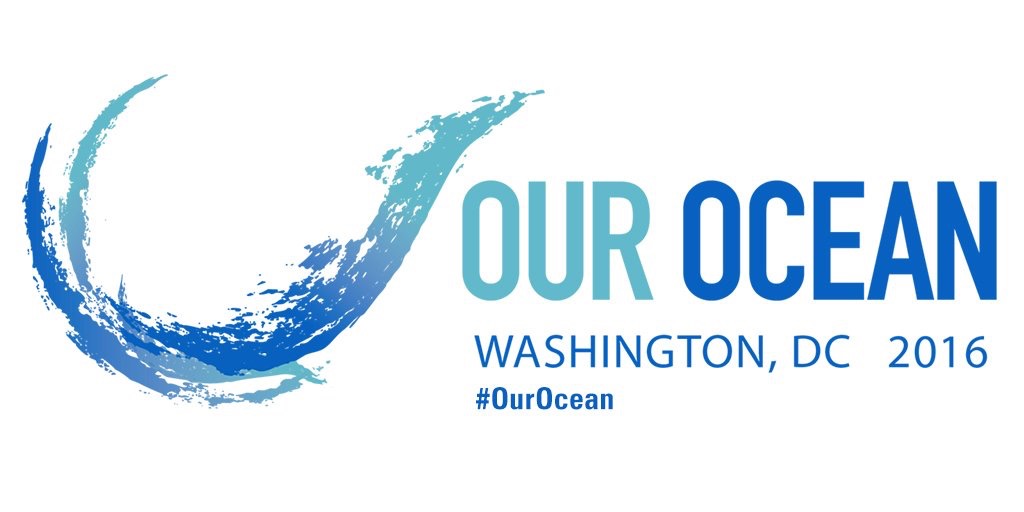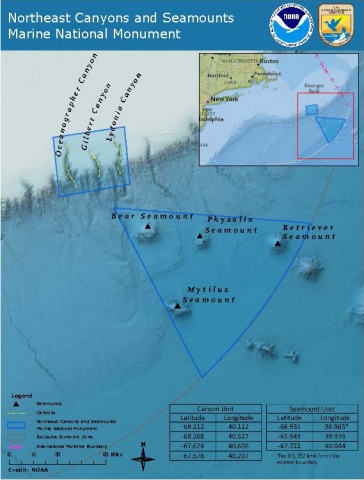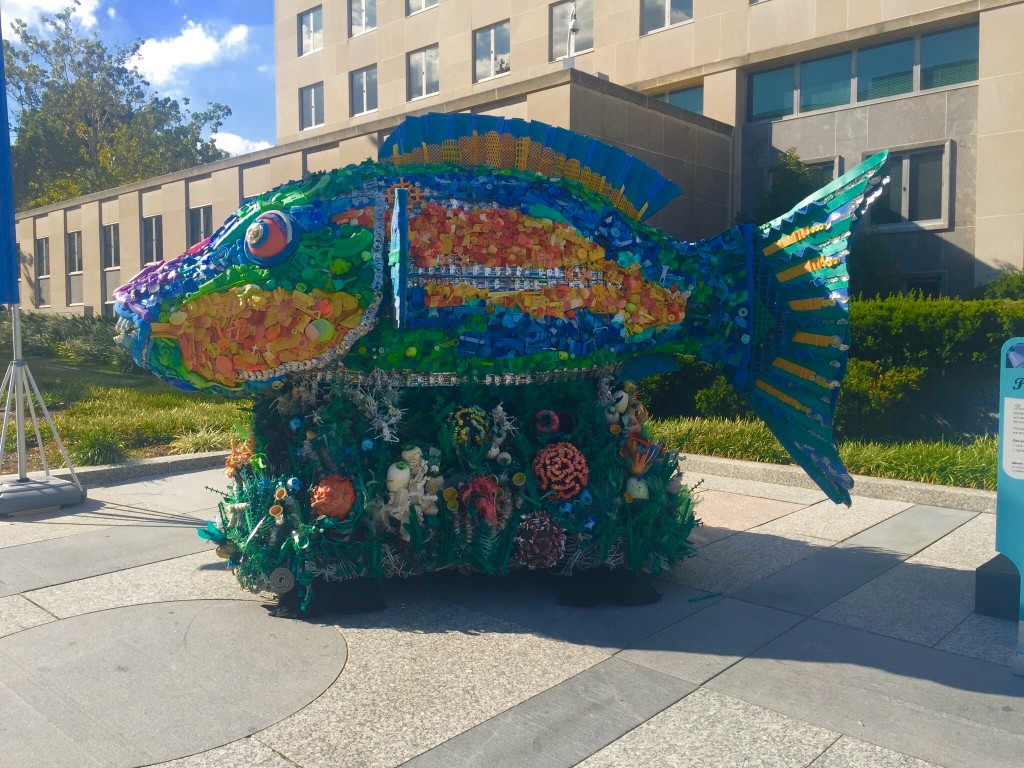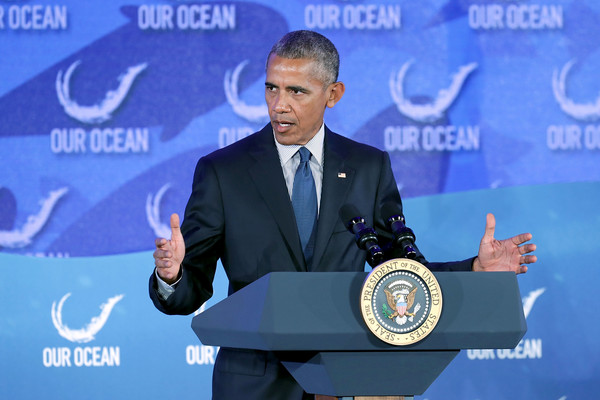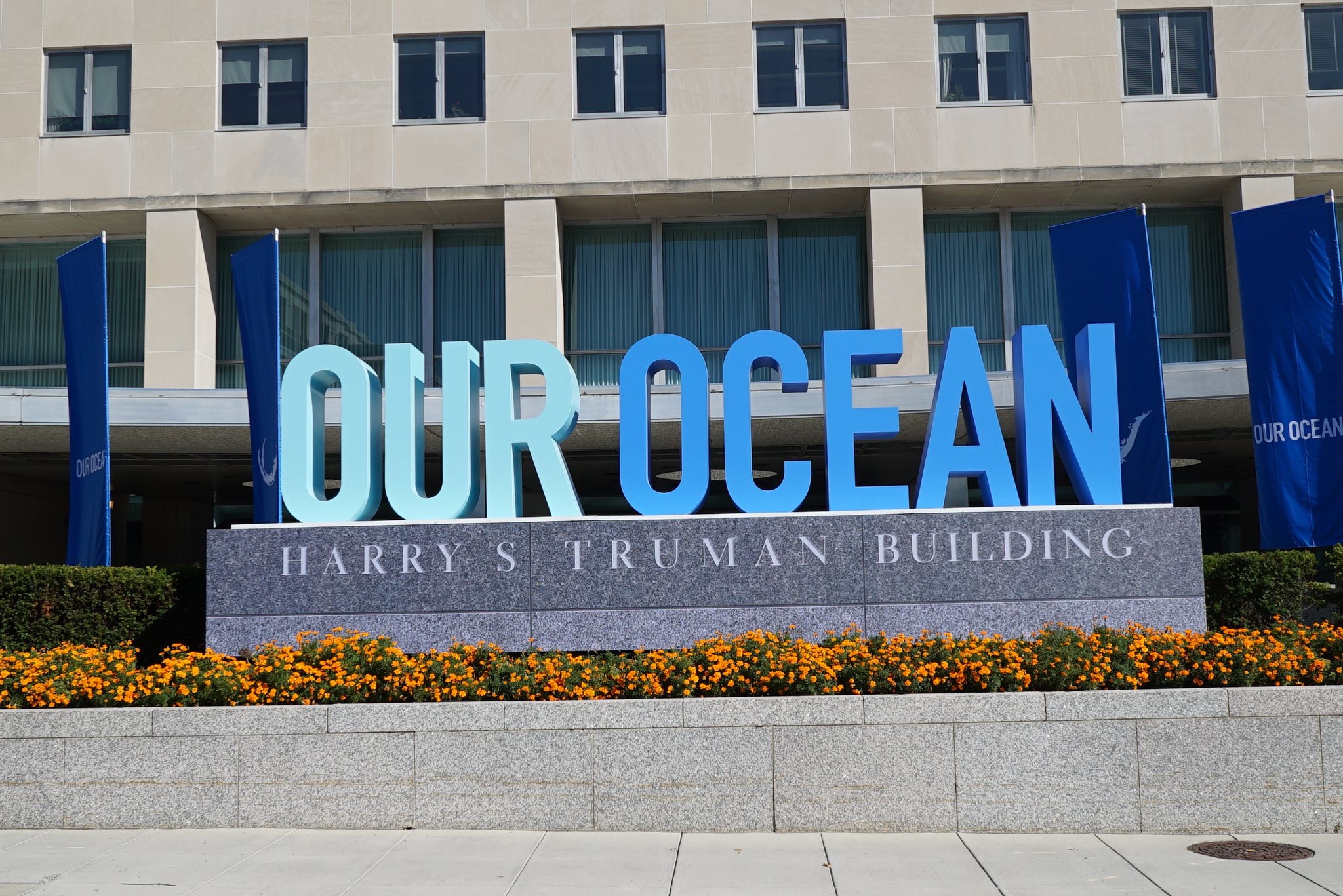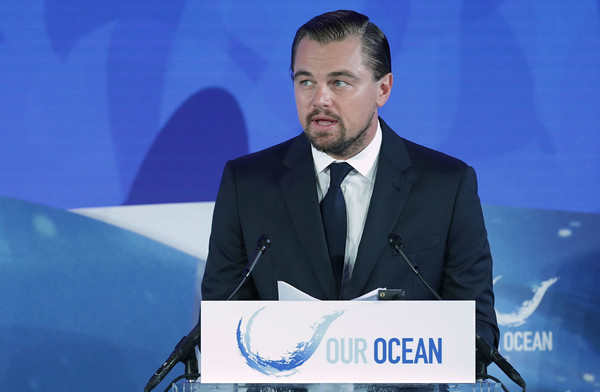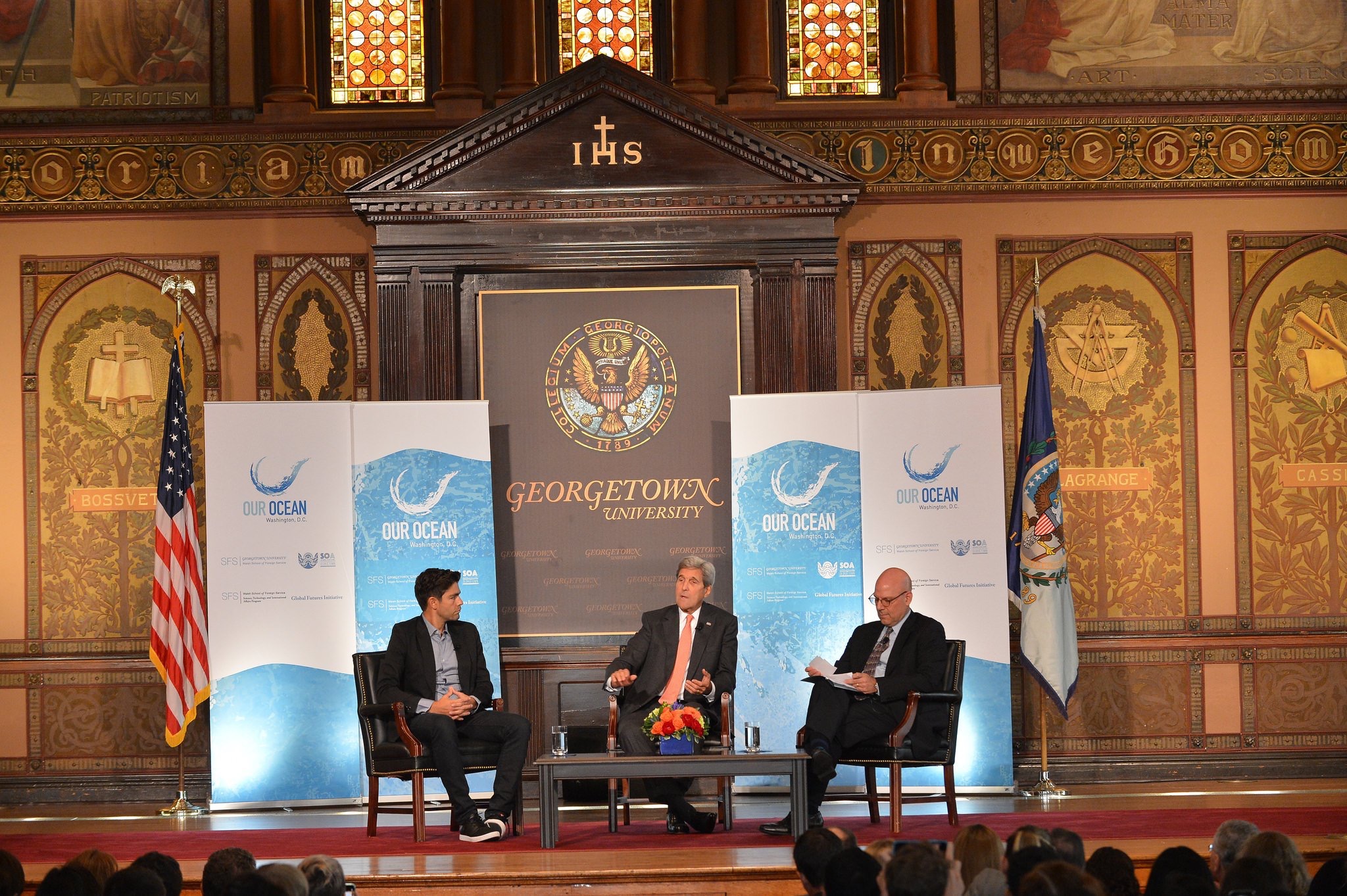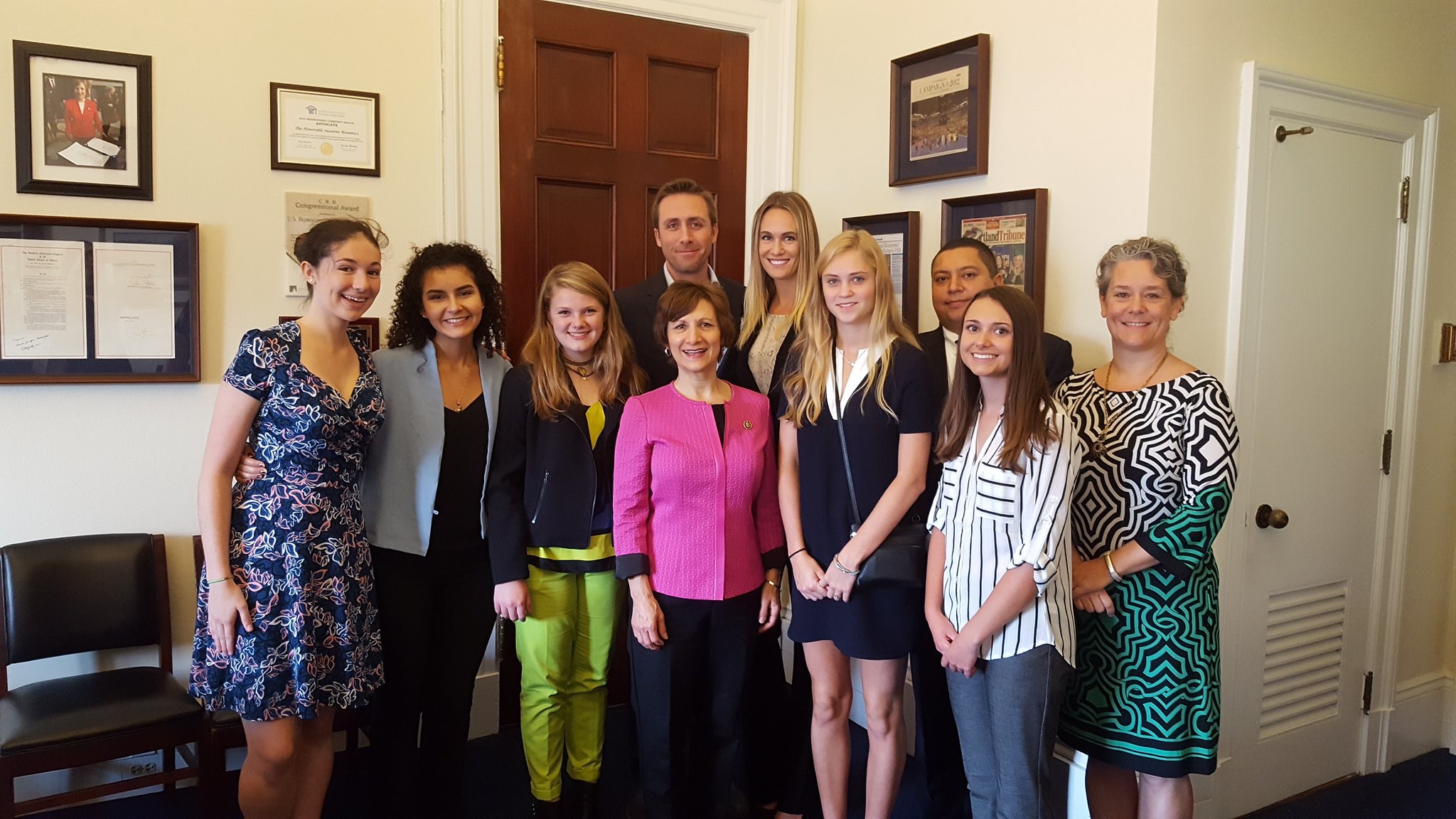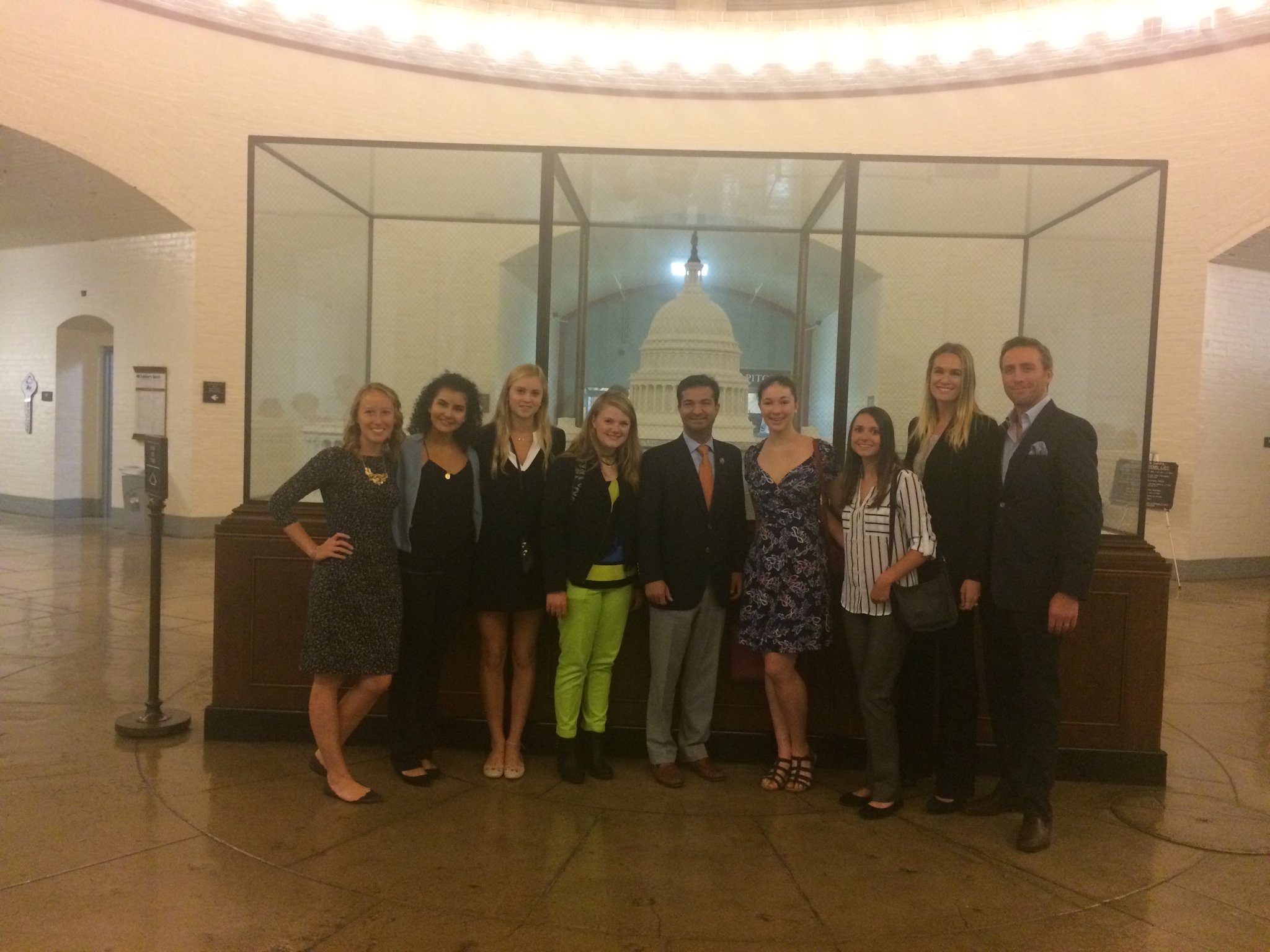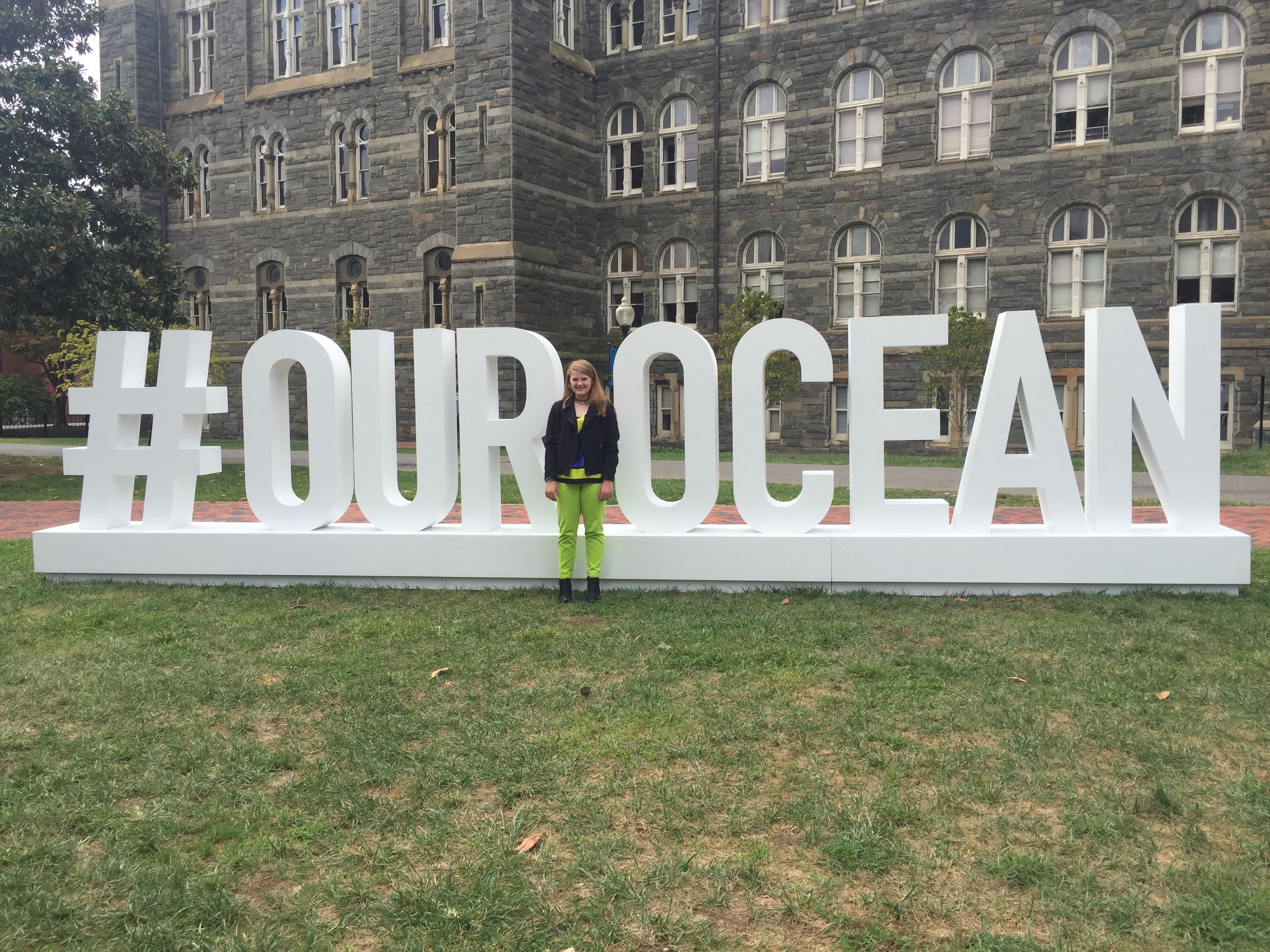It’s Now or Never
October 2016 is a month that I will never, ever forget and it’s not even over yet.
Earlier this month I was honored to share a presentation with my entire school, Palmer Trinity, during a convocation on Civic Engagement. As I prepared my presentation the week prior to the event, little did I know that I would be asked to be engaged in civics in a way I’d never imagined at this point in my life, when I received an email from Secretary Hilary Clinton’s Press Secretary that simply read ‘Call me ASAP’.
When we connected I was asked to introduce Secretary Clinton and Vice President Al Gore at a Global Warming focused rally here in Miami and as part of the day not only got to speak to the entire audience of gosh knows how many thousands of people but also had the honor of meeting and speaking with both Secretary Clinton and Vice President Gore. It was surreal talking about climate change with both of them and, needless to say, an honor.
The excitement this month continues when I participate in a live webinar entitled Changing Tides: Local Solutions & Engagement as part of the Ahead of the Tide series from CAVU at 4 PM on Thursday October 27th. I will be joined by Coral Gables Mayor James Cason, Valencia Gunder, Founder of the Make the Homeless Smile organization, and Scott Eastman, a Marine Scientist at the School of Natural Resources & Environment at the University of Florida, as well as our host and moderator Caroline Lewis of The CLEO Institute. Thursday’s focus will be on local, multi-tiered efforts to address sea level rise and what needs to happen next to build more resilient communities and protect the most vulnerable areas, people and wildlife.
To tune in and watch or participate in our webinar, sign up by clicking here!
Red Carpet Live Stream for Years of Living Dangerously’s Gathering Storm Staring Jack Black
At 6 pm, following the Ahead of the Tide webinar, join me and NBC6 Meteorologist Adam Berg LIVE from the red carpet at the historic Tower Theater here in Miami as we live stream interviews of many of the people that will appear in Gathering Storm including politicians, educators, the world’s leading climate scientists and advocates and the film’s Executive Producer. Enjoy a peak behind the scenes on how the film was made, what it was like working with actor/musician Jack Black, as well as what South Florida’s future looks like as seas rise, and what you can do about it.
Please share the link with your friends and plan to tune in for this LIVE event on Facebook at: www.facebook.com/thesinkorswimproject
Years of Living Dangerously will premiere publically this Sunday, October 30th, on the National Geographic Channel with the season’s first episode starting David Letterman from India and will then move to its permanent spot on Wednesdays starting on November 2nd when the episode that I am in, Gathering Storm, appears and that stars Jack Black, as well as Ian Somerhalder and Nikki Reed in the episodes piece on superstorms and our future facing more and larger monster hurricanes. Nat Geo Channel is broadcast in 171 Countries and 45 languages to nearly 500 Million televisions and I hope that yours will be one of them. Please join me in watching every episode and by sharing them with your friends and family. Years of Living Dangerously has been called ‘the most important show on television’ and won the Emmy for Best Non-Fiction for good reason. We all need to watch these shows and then take action in our communities and all over the world.
I want to close this blog by thanking Secretary Clinton, Vice President Al Gore and Clinton Campaign Manager John Podesta for the honor of being included in your recent events, but especially for bringing attention to climate change and its impact here in South Florida. Soon America will have its first female President and when that happens, please keep South Florida in mind in all you do, as we need all of the help possible so as to avoid a future under water.
I also very much want to thank Executive Producer Joel Bach from The Years Project (Years of Living Dangerously) and especially Jon Meyersohn, the Co-Executive Producer from Years of Living Dangerously, for including me and my work with The Sink or Swim Project in your landmark work but, most importantly, for bringing global attention to Miami and South Florida’s future and what will happen if our society does not stop pumping carbon into our atmosphere and oceans. To you and the entire Years family, thank you.






